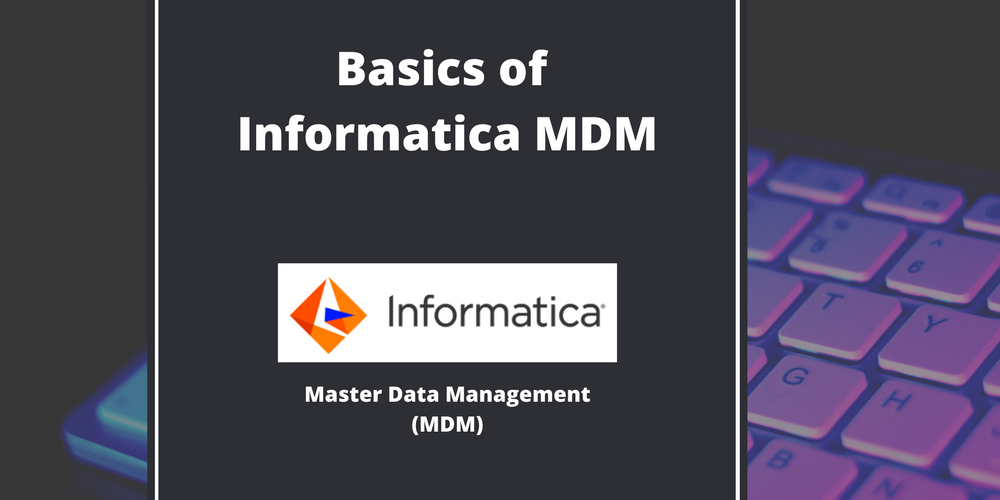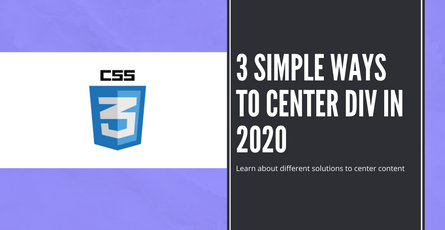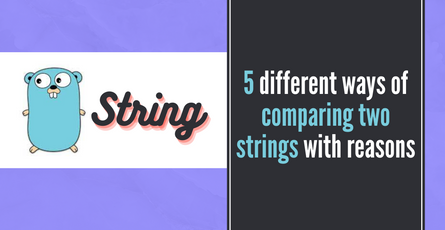
Basics of Informatica MDM (Master Data Management)
An introductory blog in this MDM Series where we will discuss Master Data, Business Problems associated when handing Organization Data, available MDM Solutions in the market, and more about Informatica MDM MDE product which is a market leader in MDM solutions.-
 Sriram Thiagarajan
Sriram Thiagarajan
- April 16, 2022
Introduction
Before understanding what is MDM (Master Data Management) and why we need MDM, let us try to understand some business problems and use-cases with respect to data.
Why do we need MDM Solution?
Problem Statement - Business Data is often not standardized.
Assume there is an organization, there will be many business units (BU) in different geographical locations — BU1, BU2, BU3. Inside each BU, there will be several applications (CRM, Sales, Finance, HR) which will be sending & receiving data. These applications can be hosted in different databases (like SAP, Salesforce, Oracle, Teradata etc.) and hence these databases store data in their own ways.
Complexity arises from the fact that the data in an organization is often strewn across many channels and applications within an organization, invariably containing duplicate and conflicting data.
For Example, in one source system, Full Name of an Employee in the Finance System can be Michael Jackson whereas some other source system like HR can have Mike Jackson, both representing same user.
Now the system (or) other BU has to somehow identify that both these records are indeed the same (just that the First Name is coming in short-form as Mike instead of Michael) and then co-relate it with other information and process accordingly.
So, if an end user like a data steward (or) a business analyst view the data, the system should be able to show them an accurate record which is validated, correct, consistent and complete.
Solution
To solve this business use-case, MDM (or) Master Data Management solutions identifies the master record from different source systems and presents a single source of truth (master record) to the business end-user.
What is MDM?
Master Data Management (MDM) solutions are enterprise software products that supports global identification, linking and synchronization of master data across heterogeneous data sources.
Examples of master data include customer, product, employee, supplier, and location data.
Although there are ton of other solutions available in the marketplace, Informatica MDM MDE (Master Data Management Multidomain Edition on-premise) and Informatica Intelligent Master Data Management Platform (cloud-native MDM as service - SaaS) are consistent market leader as per Gartner’s magic quadrant for Master Data Management Solutions.
What else can we do with MDM?
Other Important business use-cases why customers implement MDM Solutions:
- Data Governance.
- Cost Savings by streamlining business processes, and workflows.
- Regulatory Compliance and Financial Reporting.
- Avoid Corporate Embarrassment.
- Strategic Goals, Improved data accuracy resulting in increased revenue, increased customer loyalty, increased customer satisfaction, and retention.
What is Informatica MDM?
Informatica MDM MDE solution ensures that the consolidated records (done at the individual cell level), contain the most reliable information available from the available data sources.
Through these steps, Informatica MDM MDE establishes a Golden Record, which is also called BVOT. (Best Version of Truth).

Informatica MDM MDE ensures master data is also circulated for consumption by internal or external business processes, applications, or users.
What are the Key Capabilities of Informatica MDM MDE?
- It provides a Neutral data model.
- It is Metadata driven, rules-based with a configurable framework.
- Supports Dynamic cell-level survivorship.
- Advanced Data Cleansing and Transformations - Enrich the source data by applying various in-built cleanse functions, custom Java cleanse functions, custom stored procedures, and defining user exits.
- Provides Out-of-box integration with 3rd party data providers (such as D&B and Acxiom etc.) and identifies common records by matching records against each other within its user interface.
- Hierarchy Management - GUI-based functionality enables users to define and configure business rules that decide how data is cleansed, matched, and merged.
- Security Access Manager (SAM) - users can create rules to authorize users to view/modify the data and also mask sensitive details if required.
- Synchronization - Synchronize with source systems in real-time, near real-time, and batch mode.
- Provides unified customer views that can be integrated with business processes (both in real-time, near real-time (or) in batch mode) as browser applications.
Informatica MDM Hub Architecture:
Informatica MDM MDE has a 3 tier model architecture. The core components include Hub Store, Hub Server, Process Server, and Web console UI.
-
Database Layer:
- All business data and metadata resides here.
- Relational DBMS supported are Oracle, DB2 UDB and SQL Server.
- 2 Types of Schemas available - MDM Master Schema and ORS Schema.
- CMX_SYSTEM is the default Master Schema created and is configurable. This is mandatory and one MDM Hub Installation will have only 1 default master DB mandatorily created.
- Master Schema has details on user definitions, user tool permissions, user ORS permissions and ORS connection information.
- ORS means Operational Repository Store. CMX_ORS is the default ORS schema created and is configurable.
- MDM Hub installation can have 0 or more ORS created. ORS can be created in same database server (or) different database server.
- ORS schema contains data objects, repository and logic for storing and managing master reference data. All business related data, metadata are stored only in ORS.
-
Application Layer:
- It has many logical components like Hub Server, Process Server (Cleanse & Match Server), Master Reference Server, Hierarchy Manager, SAM, BDD/IDD, SIF, etc.
- The Hub Server is the run-time component that manages core and common services for the Informatica MDM Hub. (i.e.) It processes requests from clients for data and provides access to data - in multiple modes.
- The Hub Server is a J2EE application, deployed on the application server, that orchestrates the data processing within the Hub Store, as well as integration with external applications.
- The Process Server cleanses and matches data and performs batch jobs such as load, recalculate BVT, and revalidate.
- The Process interfaces with cleanse engines to standardize the data and optimize the data for match and consolidation.
- Authorizes and control access to both data and rights to services.
-
UI Console:
- Provides a unified set of tools with a common user interface to use MDM MDE and perform data management tasks.
- Responsible for providing the tools required to configure the environment. Access to these tools is limited based on the roles and responsibilities of the users.
- Web-based consoles that use browsers.
- Java Swing consoles that are based on the Swing package. The Swing package enables programmers to create applications using GUI.
- Example: IDD (Informatica Data Director), MDM Hub Console, Provisioning tool, etc.
You can find more details on Informatica MDM Hub architecture in the this post


